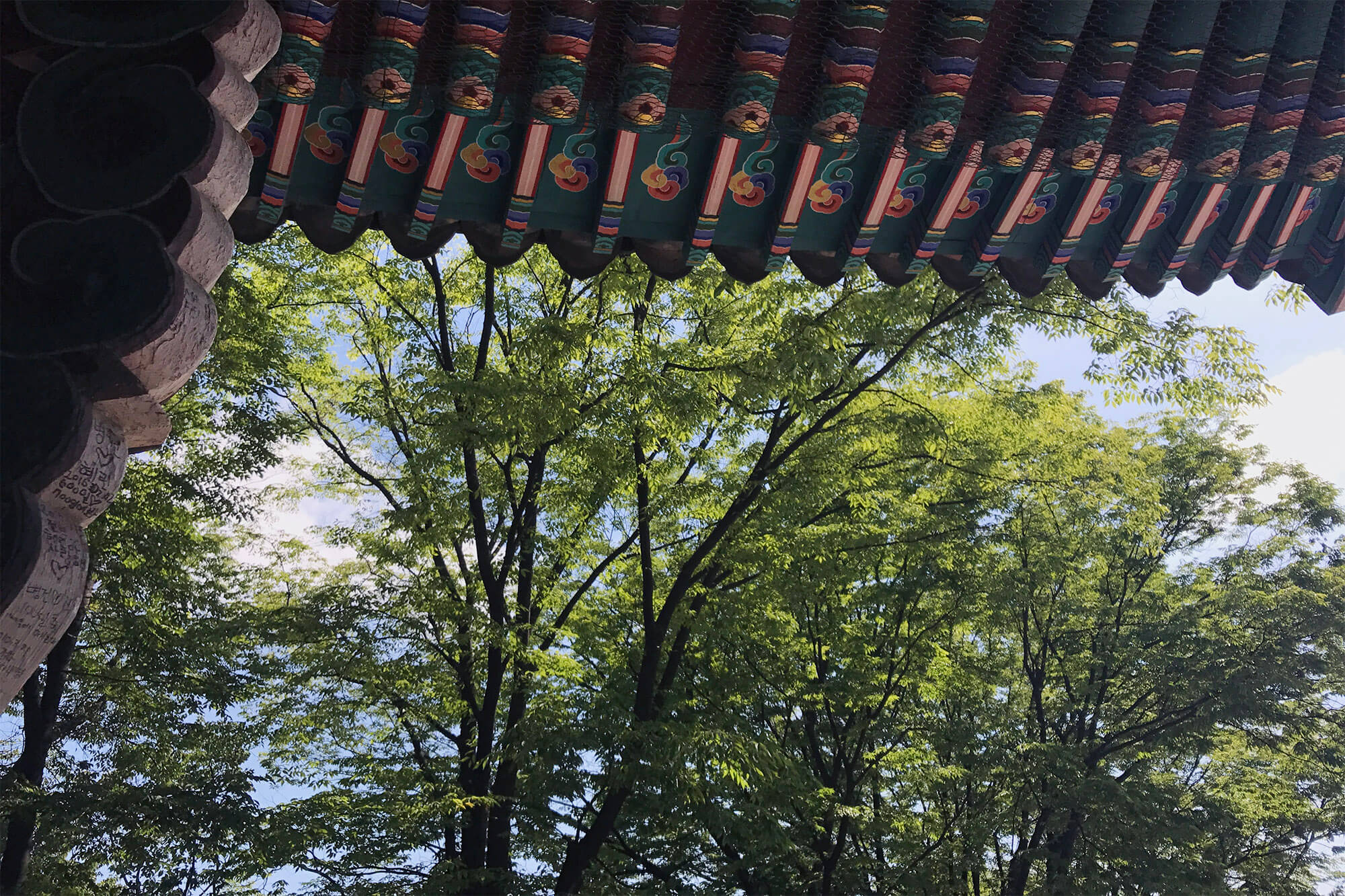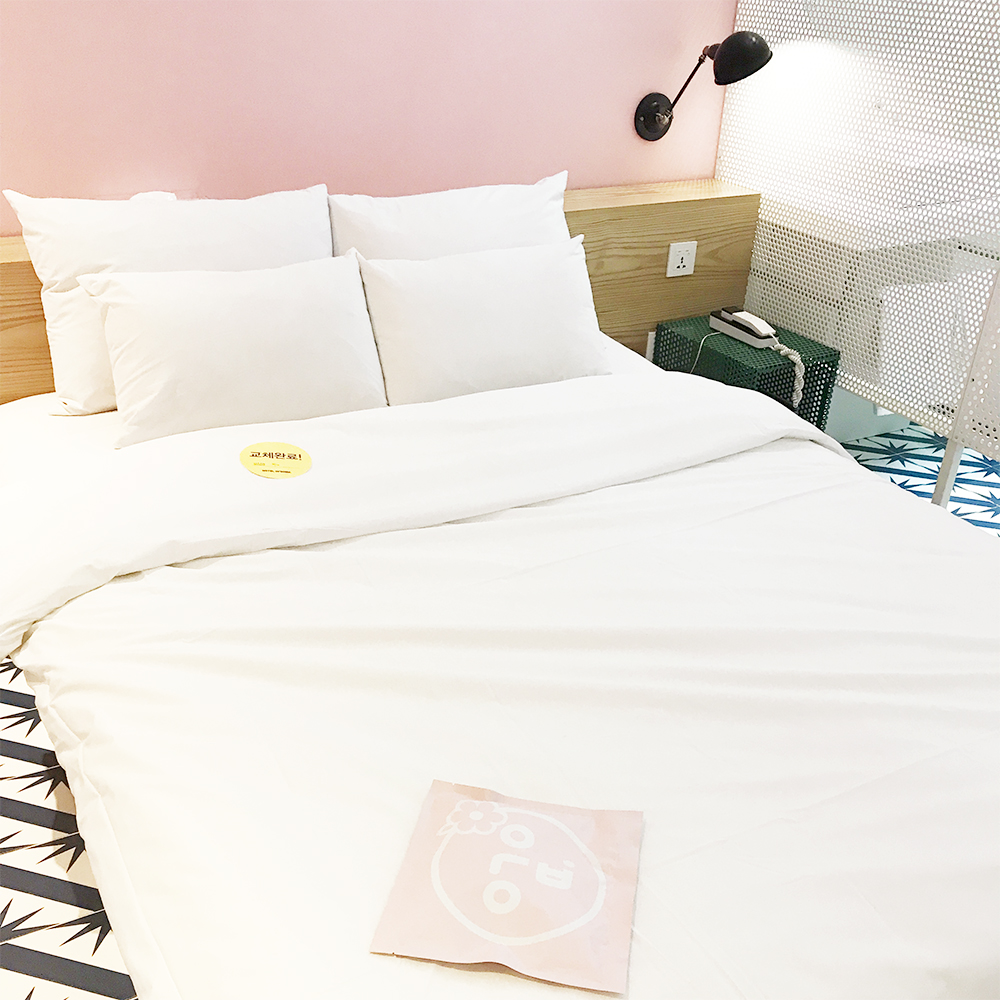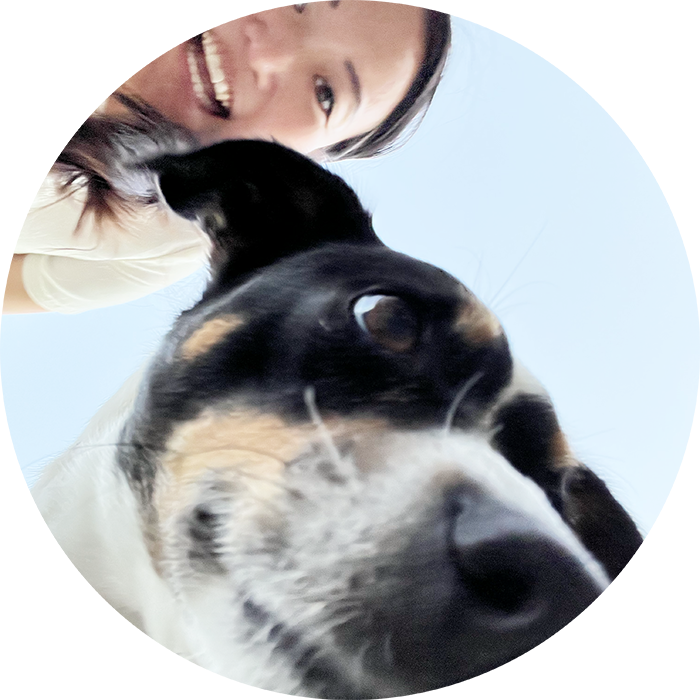
Korea Furniture Museum consists of 10 traditional houses brought together from different locations and features more than 2500 pieces of traditional Korean furniture. The items are all part of the personal collection of the founder and director Mi Sook Jung, who opened her collection to the public in 1993. The museum has been praised as the most beautiful museum in Seoul and celebrity visitors such as Victoria Beckham and Brad Pitt have helped put the museum on the map for international travelers with a penchant for history, art, and design.
Ki Chan Lee is the founder and designer at the sustainable Korean fashion brand KI LEE. In this blog post, he tells us about one of his favorite places in Seoul: Korea Furniture Museum.
The first thing I really enjoy about visiting the Korea Furniture Museum is its location. Visiting the Seongbuk-dong neighborhood where the museum is located is in itself a rare occasion to be in the historic and quiet residential area of the city. Standing on the gravel-lined front yard of the museum situated on a green hillside, the visitor gets to enjoy what has drawn generations of wealthy Seoulites to take up residence in the neighborhood.
Secondly, Korea Furniture Museum is quite unique in that it provides its visitors with an immersive experience that encourages them to think about not only the contents of its exhibits, but also its own history and context. I like to compare the Korea Furniture Museum to New York’s “the Met Cloisters,” a medieval arts museum run by the Met. Having incorporated parts of historic architecture into the built environment (old Korean houses in the KFM’s case and European monasteries for the Cloisters) both museums are testament to the collectors’ personal commitment, as well as the organizational and logistic expertise of the institution. From the excellent guided-tours, you hear not only about the artefacts themselves, but also their respective history and relationship to the founder of the museum, which in turn reveals a very intimate perspective on Korea’s culture around art, craftsmanship and patronage during the period spanning form late Joseon-era to early modern times.
Who should visit Korea Furniture Museum?
I recommend the Korea Furniture Museum to anyone who visits me from abroad, but the museum would be an especially special place for those who are interested in art and design. Because of its relative obscurity among many locals, I also recommend it to those who are visiting someone who lives in Korea to have a shared first-time experience.
How long time do you need at the museum?
The official guided tour of the museum is one hour, but I recommend adding an extra half an hour to both before and after the tour to walk about and experience the old and almost-aristocratic residential area.
What is special about Korean traditional furniture? What characterizes the design?
As with any furniture, Korean traditional furniture was designed so that its functions and appearance best served its environment as well as its users. One aspect of Korean traditional furniture that makes it quite unique is its close relationship with the unique measuring system in traditional Korean architecture called Kan. Referring to the distance between two pillars that repeats itself throughout a given building, serving as the basis of its architectural order, Kan differs from one building to another, even though they were within a given range. In other words, each building was born from its own foundational system of order, which was then reflected in the design of the furniture. As a designer, I admire this pre-industrialization marriage between individualism and order and feel humbled by the subtle language of beauty and harmony.
Korea Furniture Museum, 121 Daesagwan-ro, Seongbuk-gu, Seoul, Hours of Operation: Tue-Fri: 11am-7pm, Sat: 9am -6pm, Tel: +82-2-745-0181
It is recommended that you make a reservation online for your preferred date and time of your visit. The admission fee is 20,000 KRW, and it is paid at the entrance. Photos are not allowed at the museum except for at the designated photo zone. No food and drinks are allowed inside the museum. English guided tours are available at 2pm, 3pm,4pm and 5pm on a first come, first served basis.


